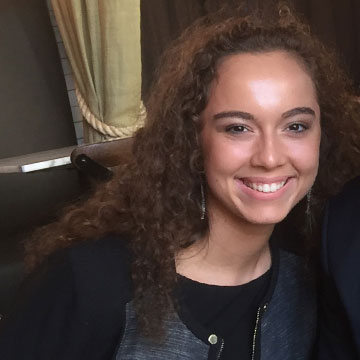Paso Doble
See See also: Categories:, DanceDances, WikiDanceSportHistory, DanceSport Studio
,
Definition
Introduction
Paso Doble
Pasodoble, or paso doble, (literally double-step in Spanish)) is a Spanish light music, with a binary rhythm and moderated movement, probablypresumably based inon typical Spanish dances of the 16th century. The traditional couple's dance was originated in France and then adopted in Spain and Portugal.
History
During the 18th centuryPasodoble is a lively style of dance to the duple meter march-like pasodoble music. It is modelled after the sound, drama, and movement of the Spanish and Portuguese bullfight. The traditional couple's dance was originated in France and then adopted in Spain and Portugal.
Famous bullfighters have been honouredhonored with pasodoble tunes named after them. Other tunes have been inspired by patriotic motifs or local characters.
Famous Spanish pasodobles
- Amparito Roca
- El Beso
- El gato montés
- El Relicario
- Agüero
- España cañí
- Islas Canarias
- La Gracia de Dios
- Feria de Manizales
- Manolete
- La Morena de mi Copla
- Plaza de las Ventas
- Paquito el Chocolatero
- Sombreros y Mantilles
- Suspiros de España
- Que Viva España
- Valencia
Traditional
Pasodoble is based on music played at bullfights during the bullfighters' entrance (paseo) or during the passes (faena) just before the kill. The leader of this dance plays the part of the matador. The follower generally plays the part of the matador's cape, but can also represent the shadow of the matador, as well as the flamenco dancer in some figures. The follower never represents the bull, althrough it is commonly thought this way. Its origin dates back to a French military march with the name "Paso Redoble." This was a fast paced march, which is why this is a fast-paced Latin American dance modeled after the Spanish bullfight. Bullfighting was well known around this time.Ballroom
A significant number of pasodoble songs are variations of España Cañi. The song has breaks or "highlights" in fixed positions in the song (two highlights at syllabus levels, three highlights and a longer song at Open levels). Highlights emphasize music and are more powerful sounding than other parts of the music, usually, dancers have decoration trick and then the position that is to be held to the end of the highlight. Traditionally pasodoble routines are choreographed to match these highlights, as well as the musical phrases. Accordingly, most other ballroom pasodoble tunes are written with similar highlights (those without are simply avoided in most competitions).Because of its inherently choreographed tradition, ballroom pasodoble for the most part is danced only competitively, almost never socially, or without previously learned routine. This said, in Spain, France, Vietnam, Colombia, Costa Rica and some parts of Germany it is danced socially as a lead (not choreographed) dance. In Venezuela, pasodoble is almost a must-have dance in weddings and big parties, being especially famous by the song "Guitarra Española" by Los Melódicos.
In competitive dance, modern pasodoble is combined with other four dances (samba, enter cha-cha-cha, rumba and jive) under the banner International Latin. Modern pasodoble dance consists of two dancing parts and one break in between for dancers of class D and of three parts and two breaks in between for dancers of class C, B, A, according to the IDSF classification. Dancers of lower than D-class usually perform only four official dances of Latin-American Program.
Get involved!
How it works
WikiDanceSport has been created for the DanceSport community to collaboratively organize and promote this sport throughout the world. Anyone who can access this site can edit most of its articles and create new ones.
Only registered users may create a new article. Some particularly controversial, sensitive and/or vandalism-prone pages are protected to some degree from public alteration. A particularly contentious article may be locked so that only administrators are able to make changes.
In certain cases, all editors are allowed to submit modifications, but review is required for some editors, depending on certain conditions.





